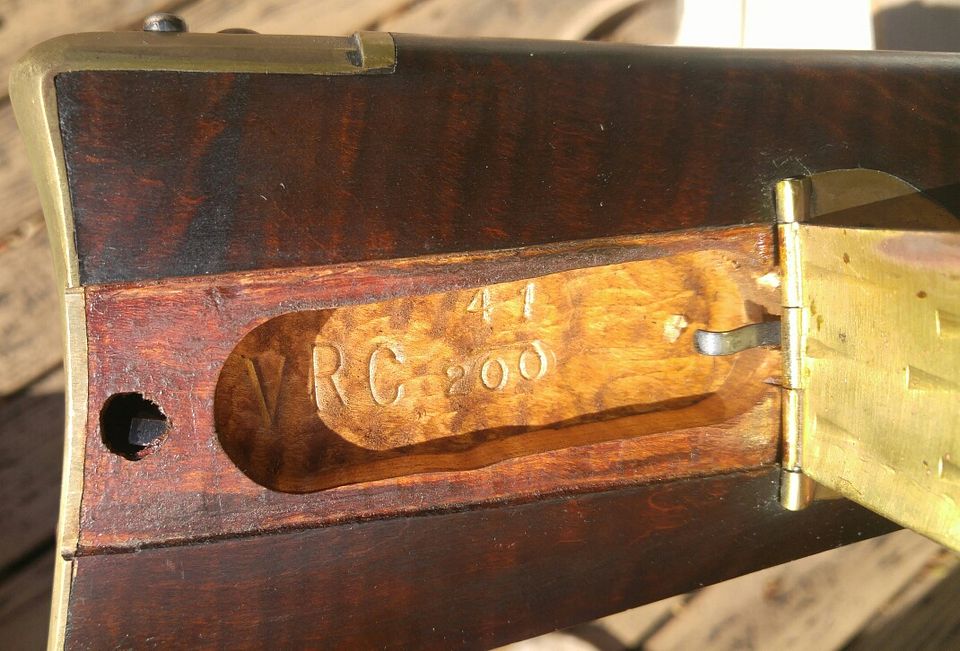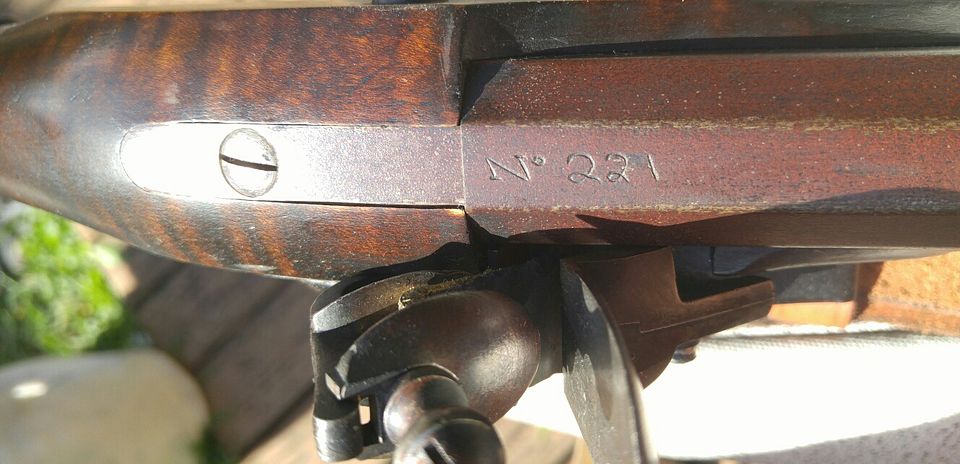- Joined
- Mar 21, 2005
- Messages
- 24
- Reaction score
- 27
Hello all,
I have just traded for one of these rifles that was made and signed by Brooks. It took a lot of digging to find any information about what this was. All I have come up with was a vague reference about Village Restorations and Consulting commissioning these rifles to be made for the 200th anniversary of the Corp of Discovery. There was a post in January 2020 showing one here but not much information as to maker or anything else. I emailed Village Restorations a while ago but have no response as of yet. Any help would be welcome.
I have just traded for one of these rifles that was made and signed by Brooks. It took a lot of digging to find any information about what this was. All I have come up with was a vague reference about Village Restorations and Consulting commissioning these rifles to be made for the 200th anniversary of the Corp of Discovery. There was a post in January 2020 showing one here but not much information as to maker or anything else. I emailed Village Restorations a while ago but have no response as of yet. Any help would be welcome.
Last edited:










